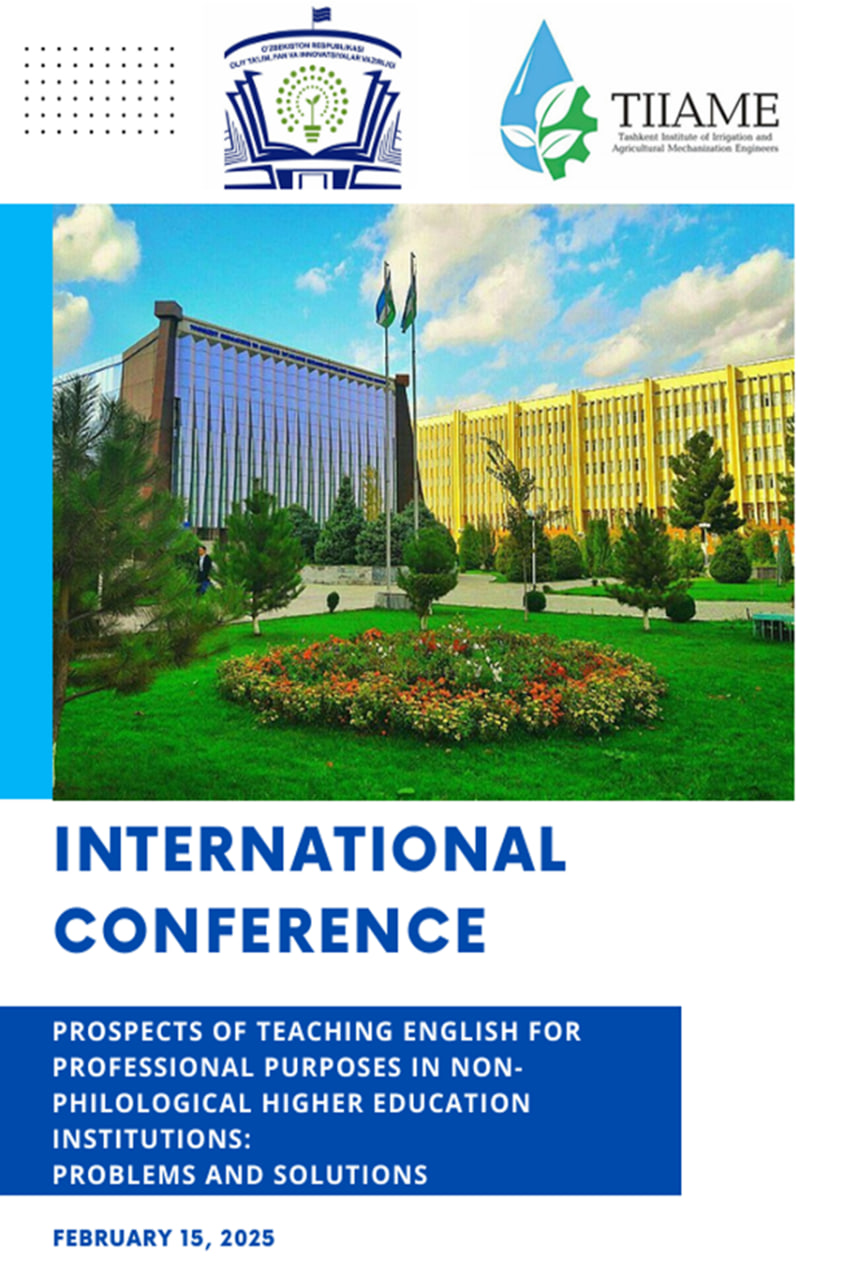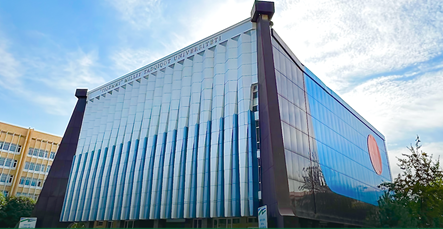THE STRUCTURAL-SEMANTIC FEATURES OF RENEWABLE ENERGY RESOURCES TERMINOLOGY IN ENGLISH
Keywords:
Structural semantics, compounding, derivation, abbreviation, borrowing, polysemy, synonymy, hyponymy and hypernymy, metaphor and metonymy, cross-disciplinary, influences, environmental linguistics, terminological standardization, linguistic innovation.Abstract
Renewable energy has become a cornerstone of global efforts to combat climate change and achieve sustainable development. With its rise, a specialized terminology has emerged, reflecting technological advancements, environmental priorities, and societal impacts within the field. This article analyzes the structural development, semantic evolution, and practical applications of renewable energy resources terminology in English. By examining word-formation processes, semantic relationships, and cross-disciplinary influences, the study offers insights into how this terminology facilitates effective communication and knowledge dissemination in the renewable energy sector.
References
"The Carbon Trust & DTI Renewables Network Impacts Study" Carbon Trust and UK Department of Trade and Industry. January 2004 [commissioned June 2003].
“All Island Grid Study”. Department of Communications, Energy and Natural Resources. January 2008. pp. 3–5, 15.
“Flexible Power Plant Operation to Enable High Renewable Energy Penetration”. IESR. 2022-06-15. Retrieved 2022-11-21.
1.“Renewable Energy: The Clean Facts” by the Natural Resources Defense Council (NRDC).
2. “Renewable Energy Terminology” by NES Fircroft.
3. “The Glossary of Sustainable Energy” by Enel Green Power.
4. “Renewable Energy Glossary of Terms” by Wattstor.
5. “Energy Terms & Renewable Energy Glossary” by Inspire Clean Energy.
Anvar, K. G. K. K. K. (2023). METHODOLOGIES AND CONCEPTS OF TEACHING A FOREIGN LANGUAGE. Confrencea, 11(1), 144-148.
Cartlidge, Edwin (2011-11-18). “Saving for a Rainy Day”. Science. 334 (6058): 922 924. ISSN 0036-8075. PMID 22096185.
Czisch, Gregor; Gregor Giebel. “Realisable Scenarios for a Future Electricity Supply based 100% on Renewable Energies” on 2014-07-01. Retrieved 2008-10-15.
Riesz, Jenny; Milligan, Michael (May 2015). “Designing electricity markets for a high penetration of variable renewables”. WIREs Energy and Environment. 4 (3): 279–289.
Sinsel, Simon R.; Riemke, Rhea L.; Hoffmann, Volker H. (2020-01-01). “Challenges and solution technologies for the integration of variable renewable energy sources-a review”. Renewable Energy. 145: 2271-2285.
Suchet, Daniel; Jeantet, Adrien; Elghozi, Thomas; Jehl, Zacharie (2020). “Defining and Quantifying Intermittency in the Power Sector”. Energies. 13 (13): 3366.
Surmanov, S. (2024). A COMPARATIVE ANALYSIS OF READING SKILLDEVELOPMENT THROUGH GRADED READERS. SCIENTIFIC AND TECHNICAL JOURNAL “SUSTAINABLE AGRICULTURE”, 22(2), 92-94.
Yaqubov, O. (2024). IMPLEMENTING INTERACTIVE LEARNING METHODS REQUIREMENTS OF TIME. SCIENTIFIC AND TECHNICAL JOURNAL “SUSTAINABLE AGRICULTURE”, 22(2), 95-
Published
Versions
- 2025-03-14 (2)
- 2025-03-07 (1)










